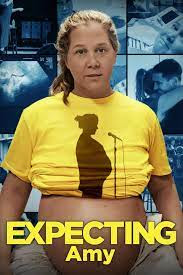Feminist artist Judy Chicago has been in the news lately, having published the latest installment of her autobiography,
The Flowering at the age of 82.
Chicago's 1979 work The Dinner Party turned the male-dominated art world upside down, setting the table for 39 prominent and mythical women with vulva-inspired ceramic plates and elaborately embroidered place settings. “Women had embedded in houses for centuries and had quilted, sewed, baked, cooked, decorated and nested their creative energies away,” Chicago wrote in her 2006 book Through the Flower. “What would happen, we wondered, if women took those same homemaking activities and carried them to fantasy proportions?”
Chicago "reclaimed the
feminine in the midst of our male-dominated art world" and "paved the way for subsequent generations of
female artists," wrote Lucy Koto Olive in The Brooklyn Rail, adding, "The Dinner Party brought psychedelia and feminist
ideas together in a bizarre, monumental manner. The many detailed
settings, the symbolic triangular shape of the table, and the use of the
vagina aim to grasp and elevate the universal feminine experience. In
its totality and repeated attention to patterns and shapes, the
psychedelic is strongly present in this work," Olive wrote.
When The Dinner Party opened at the
San Francisco Museum of Modern Art, "no one had ever seen anything like
it," wrote Sasha Weiss in the New York Times. "It was theatrical, audacious and definitively feminist: a work of
stark symbolism and detailed scholarship, of elaborate ceramics and
needlework that also nodded to the traditional amateurism of those
forms, a communal project that was the realization of one woman’s
uncompromisingly grand vision, inviting both awe and identification. It
caused an immediate sensation."
Weiss interviewed Chicago for her 2018 article, describing here like this: "Her lipstick was purple, her curly hair dyed a reddish-pink, with tinted
glasses to match, giving her a dreamy, psychedelic look."






